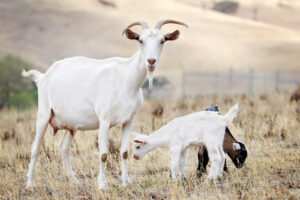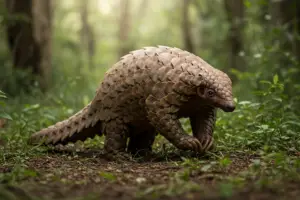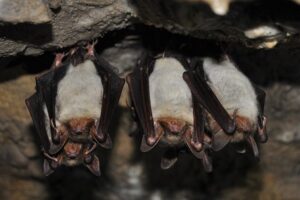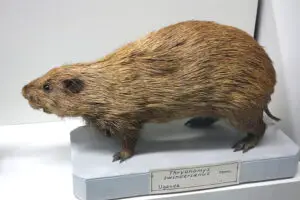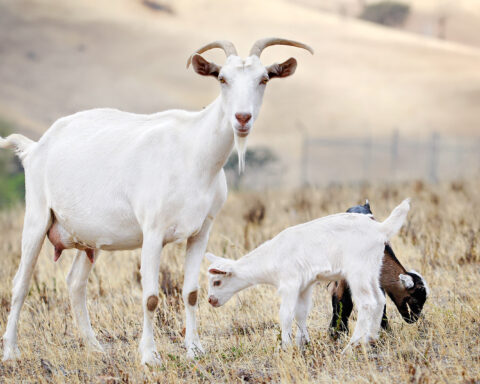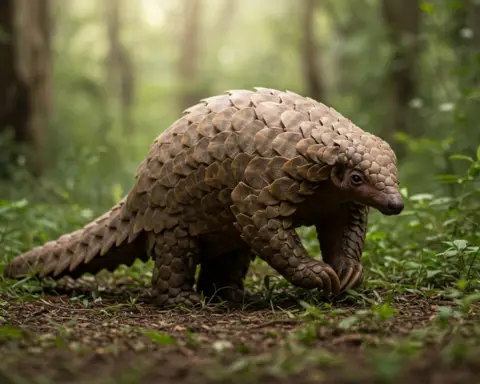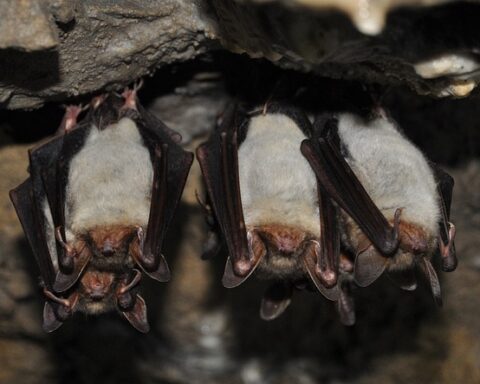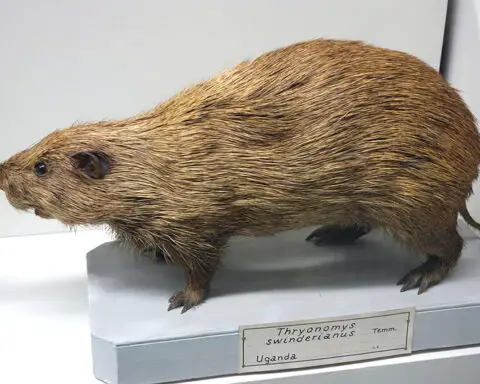For nesting, a female leatherback swims ashore. After digging a hole on a sandy beach, she deposits around 100 to 120 eggs. In every nest, there are about 80 fertilized and 30 unfertilized eggs. Each egg measures about the size of a billiard ball. The eggs are incubated for about 60 to 65 days.
A female leatherback nests for about 4 to 7 times in one season, with a 10-day interval. Leatherbacks may nest each year but generally, they have a nesting interval of 2 to 3 years. A hatchling is a male or a female, depends on the inside temperature of the nest. As the temperature increases, the hatchling turns out to be a female while at lower temperatures, male hatchlings emerge.
However, the predators eat most of these eggs. If the eggs are managed to hatch out successfully, the hatchlings are still vulnerable to avian predators like gulls and only about one or two hatchlings reach adulthood in every nest. Besides, if there are any artificial lights around, the hatchlings may be disoriented as they scurry across the sandy beach toward the sea. Due to this, they get confused by start crawling in the wrong direction and eventually die due to dehydration. In the absence of other lights, they instinctively crawl straight toward the water as they follow the moon light, which is reflected from the water surface.
Sources:
“Leatherback Sea Turtle”. National Geographic
“Information About Sea Turtles: Leatherback Sea Turtle”. Sea Turtle Conservancy
“Endangered: Leatherback Sea Turtle”. American Museum of Natural History

